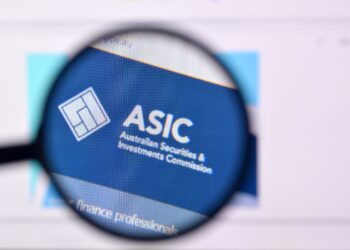There are no winners in a trade war and complacent investors stand to lose in “one of the most dangerous periods for the global economy” since 1989, according to Saxo Bank.
Saxo pointed to the “escalating trade tensions” ahead of the November elections in the US, where Trump must prove he’s worth re-election, as potentially leading to a severe crisis.
Steen Jakobsen, chief economist and CIO at Saxo, said there are not winners in a trade war, and history has taught us it could end in tougher tariffs.
“It’s not just about Trump, either – it also has a lot to do with China’s move to raise its global profile along every axis,” he added.
Saxo head of equity strategy, Peter Garnry, said while global equities had experienced trouble this year, the tech sector had continued to print solid returns for investors.
The chart below shows the performance of the global equities sector in 2018, which suffered a big drop in February and mid-March but looked to be on the rise again as of May.
Turning to commodities, Ole Hansen, head of commodity strategy at Saxo Bank, said gold’s performance turned sharply lower during June as it struggled to find a defence against the stronger dollar and the continued normalisation of US interest rates.
“The deteriorating outlook during June has challenged but not destroyed our positive outlook for gold,” he said. “Gold’s negative correlation to the dollar remains a key challenge in the short term, but given the short to medium-term dollar-negative outlook, we believe this headwind will fade over the coming quarter.”
Saxo said the outlook for commodities had become increasingly challenged given oil-producing nations had agreed to increase production to stabilise the price and the continued dollar strength “wobbled” precious metals.
The chart below shows the performance of the commodities and energy sector across the first and second quarters to May-end.
Saxo said Australia stood to benefit from Chinese tariffs on US goods given the nation’s good relations with China.
“Over 36 per cent of the country’s shipments last year went to China, accounting for eight per cent of GDP,” said Eleanor Creagh, market strategist. “Rising tensions between the US and China are a concern for Australia as the economy is heavily reliant on exports of coal, iron ore, and education to China. But it is also a longstanding ally of the US.”
Bonds face a transitional period in the coming quarter, with an inverted yield curve on the horizon given the continuous worsening of credit spreads.
Bonds specialist, Althea Spinozzi, said while positioning in riskier assets would continue to be light, a volatile environment like the current one still offered good opportunities.
“The sell-off that we have seen in the previous two quarters led to a progressive widening of credit spreads, hence value can be found in US investment-grade bonds and selective high-yield corporates.”





